Have you ever seen "burnt fingers" poking out of fallen leaves on the forest floor? Don't panic. They are not real fingers, but a type of fungus named Xylaria polymorpha, commonly known as dead man's fingers.
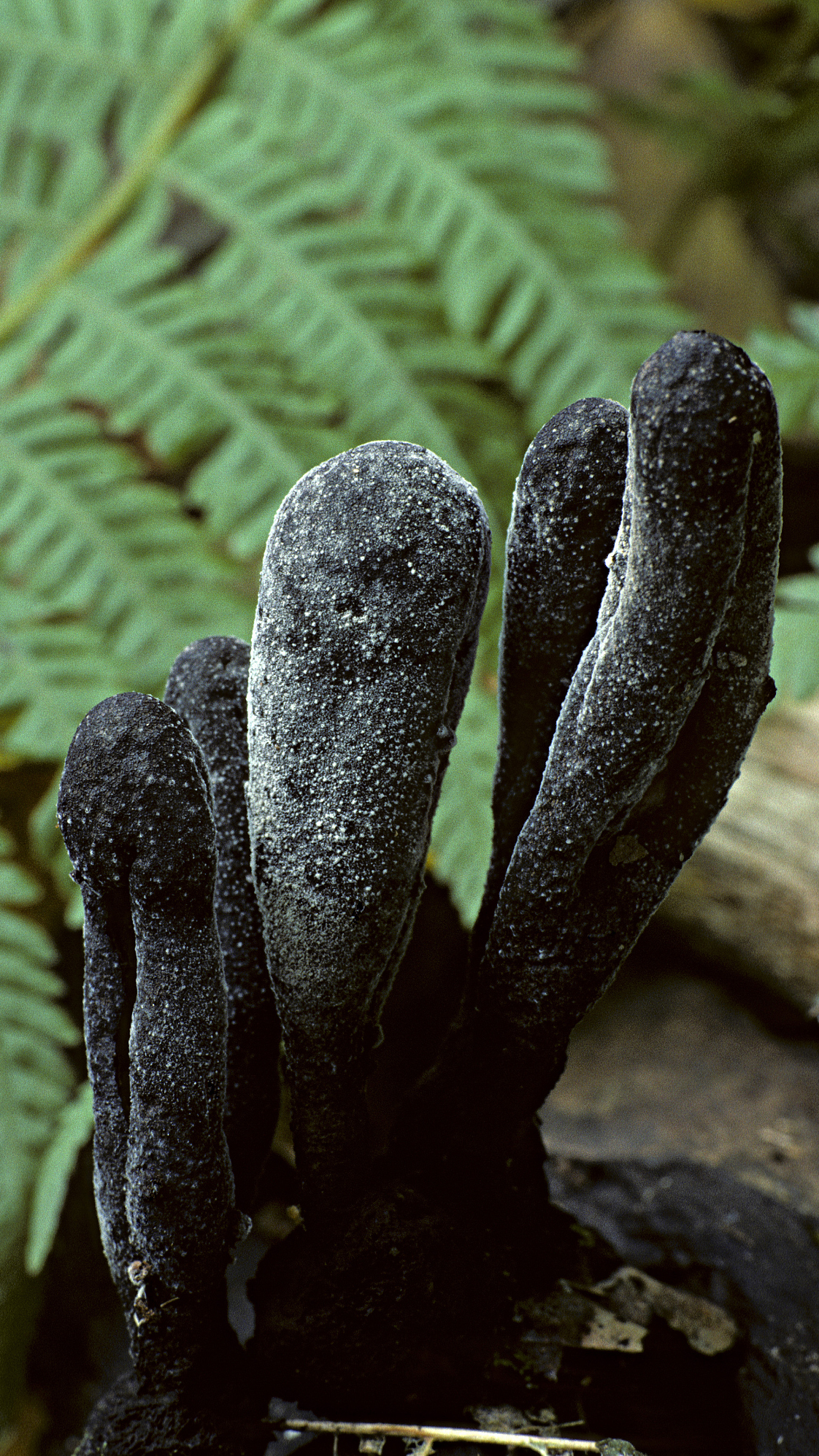
Xylaria polymorpha, also called dead man's fingers, in Hocking County, Ohio, U.S. /CFP
Xylaria polymorpha, also called dead man's fingers, in Hocking County, Ohio, U.S. /CFP
The fungus has multiple scientific names, such as Coelorhopalon obovatum or Hypoxylon polymorphum, depending on its body and color, which change a lot during its lifespan. When scientists discovered dead man's fingers growing at different stages, they recognized them as disparate species and gave different names.
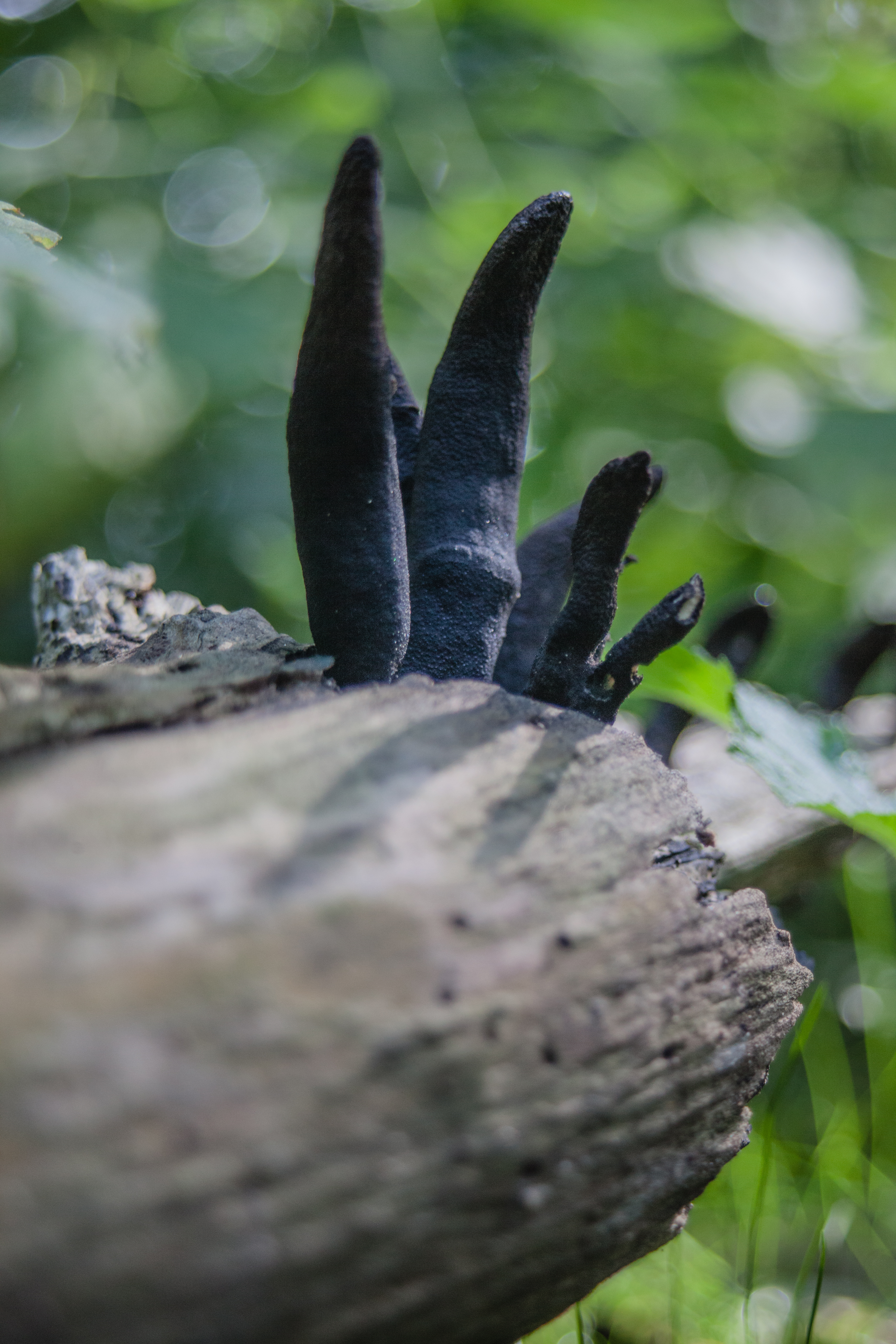
Dead man's fingers growing on a log. /CFP
Dead man's fingers growing on a log. /CFP
As for its name Xylaria, it has been derived from the Latin word xulon, literally meaning wood, which refers to their habitat. Dead man's fingers are often found on rotting wood and dead trumps of beech and other broadleaf trees. They are widespread in Europe and North America.
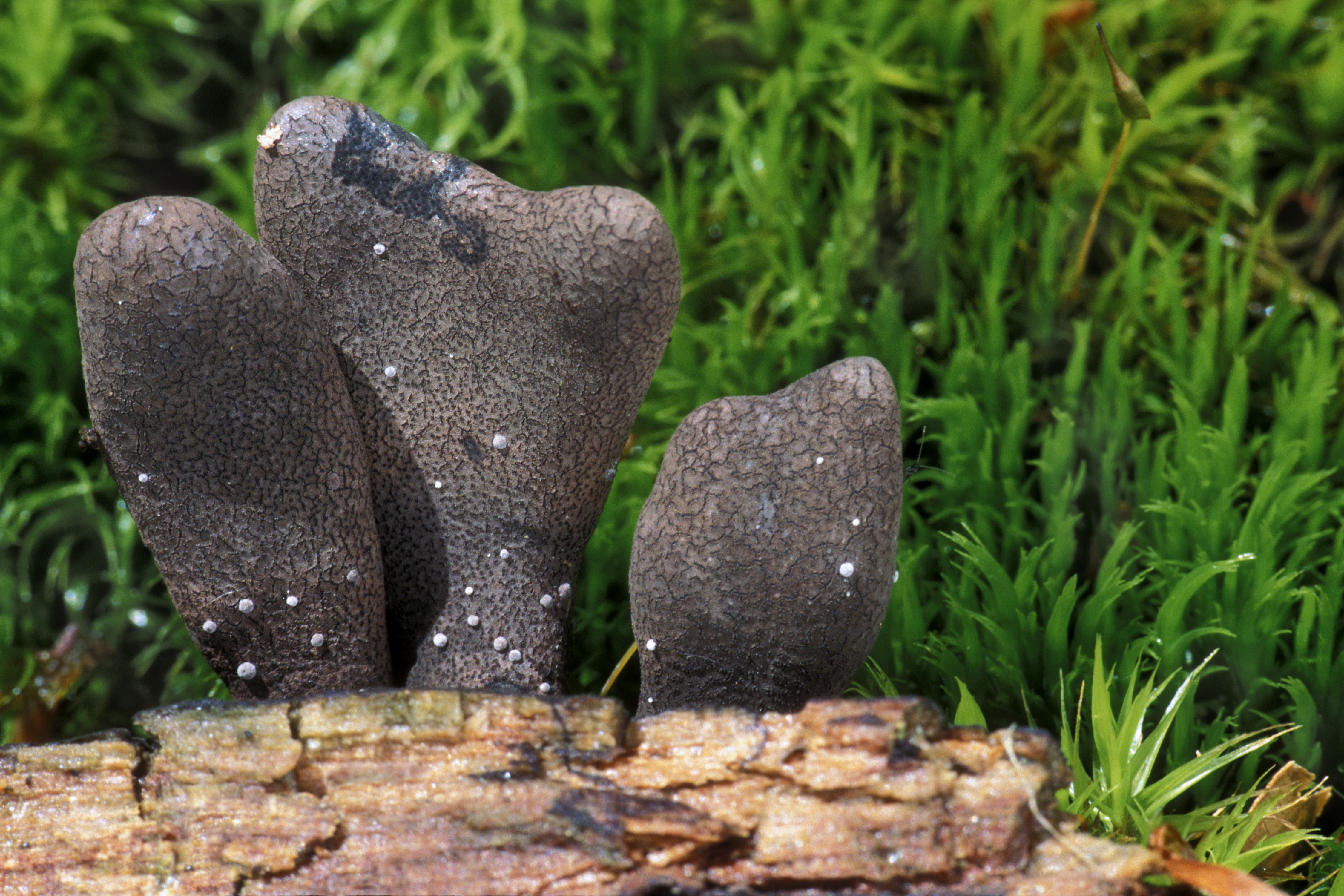
Dead man's fingers on decaying wood. /CFP
Dead man's fingers on decaying wood. /CFP
The fungi are mostly seen in a clavate or club-like shape and grow in tufts of three to six. However, it's not the only form in which they exist – part of its name "polymorpha" means "many forms." When the fungi are young in early spring, they are pale or bluish with a white tip. By summer, they begin to blacken and finally turn black in late summer or fall.
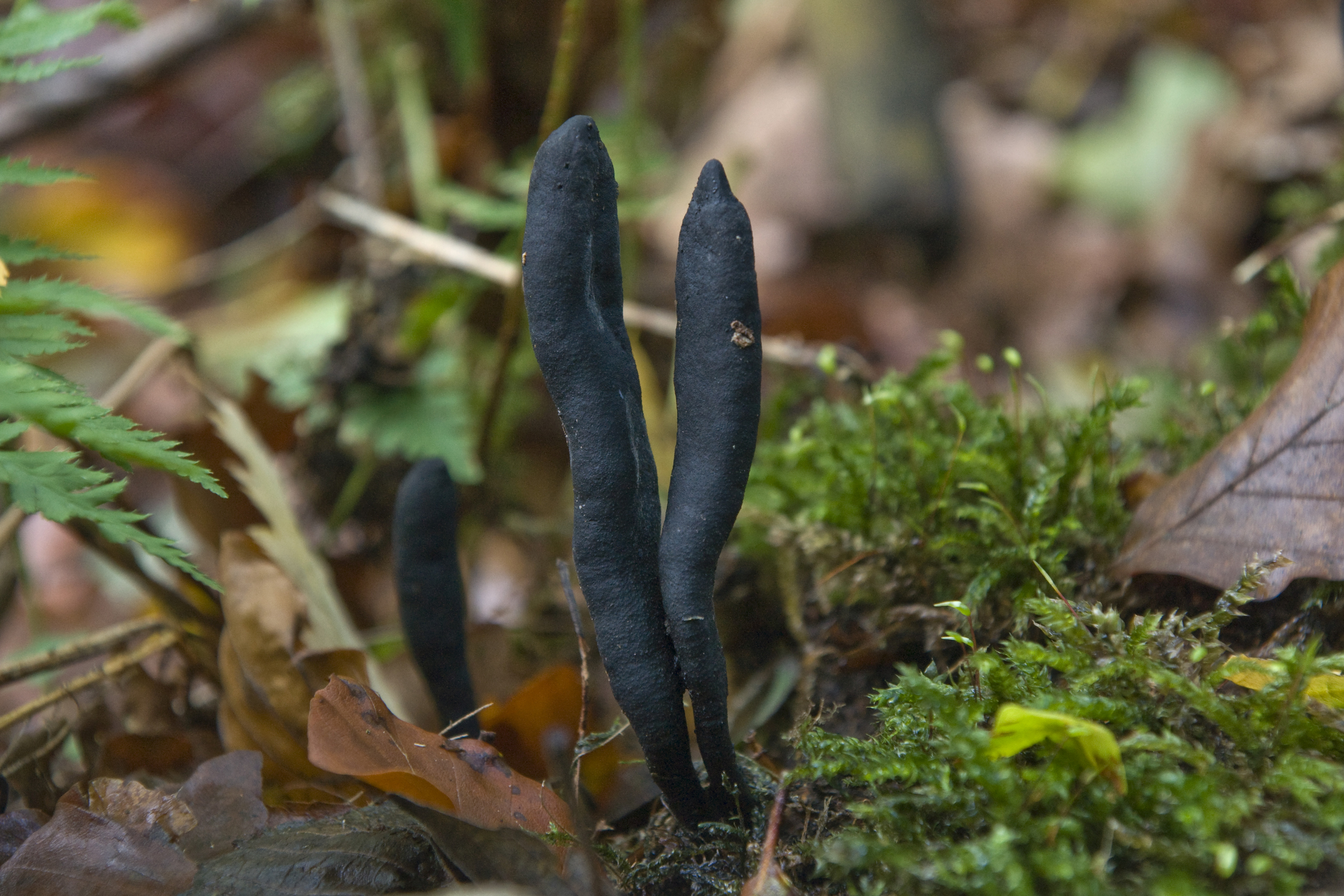
Xylaria longipes, also known as dead moll's fingers. /CFP
Xylaria longipes, also known as dead moll's fingers. /CFP
Sometimes, people confuse Xylaria polymorpha with Xylaria longipes, or dead moll's fingers, which are more slender and have smaller spores. Despite the slight difference, all Xylaria fungi are inedible because they contain toxic substances, such as amatoxin and phallotoxin. You probably don't want to try it either for its creepy look.
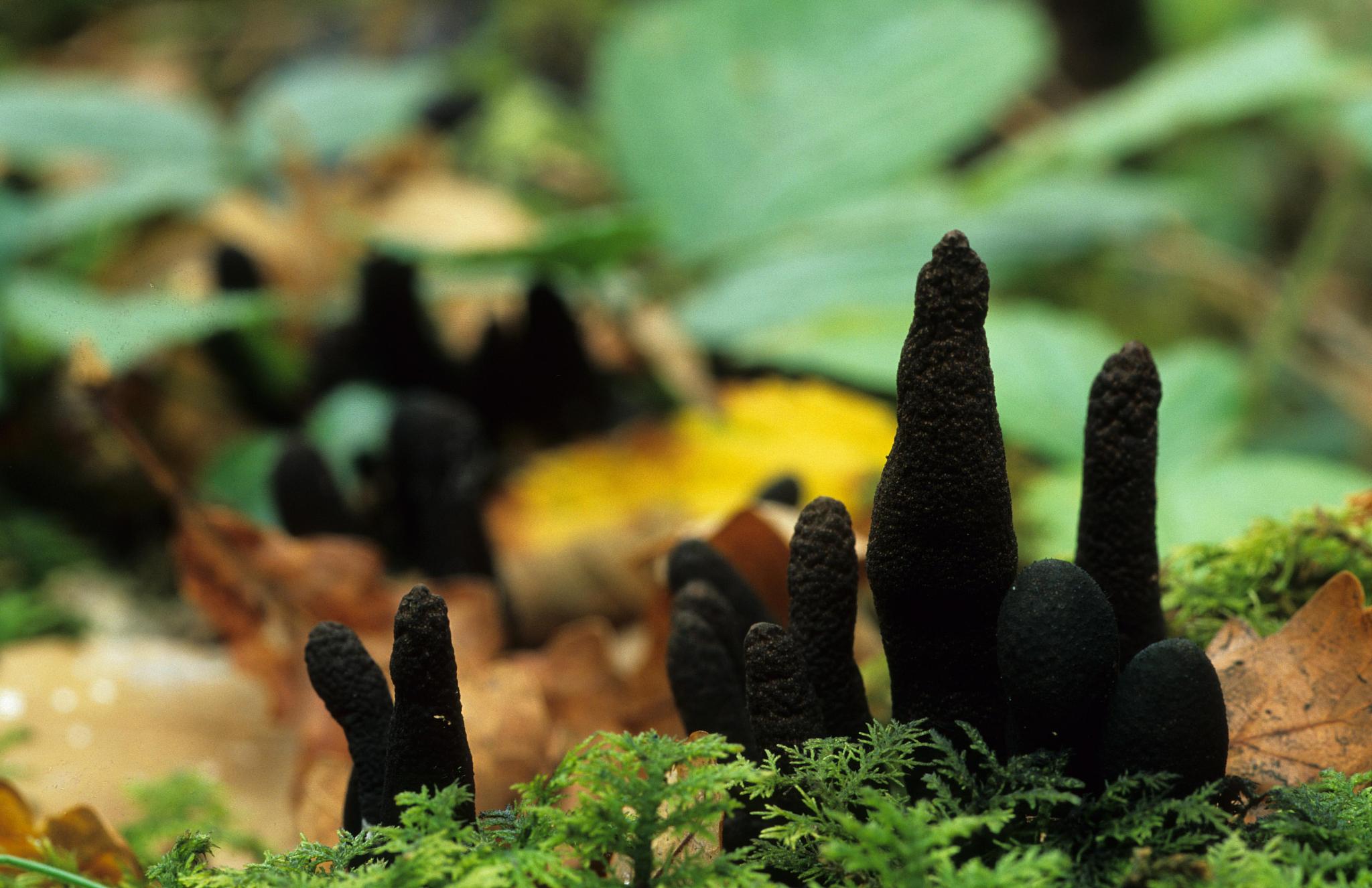
Alien Fungi
What is the most ancient land-based life after bacteria? Fungi! An industrious decomposer in the natural world, fungi have existed for almost a billion years, at least 500 million years older than the first land plants. In the series "Alien Fungi," CGTN explores some peculiar-looking fungi with alien features and observes how they enjoy their eternal, cryptic lives on damp floors, decaying wood and hidden areas.
Read more:
Porcelain fungi: Glistening translucent beauties
Cup fungi: The little cups
Ink caps: The mushrooms with dripping ink
Coral mushroom: The corals of the land
Do you dare to eat these violet mushrooms?
Death cap: The deadly fungi with a harmless look
Fly agaric: The mushroom that inspired 'Alice in Wonderland' creators
Bioluminescent fungi: The mushrooms that glow in the dark
Bridal veil stinkhorn: A girlish mushroom that loves to wear 'skirt'
Bird's nest fungi: Dandelion-like drifting life
Barometer Earthstar: The fallen star praying for moisture
(All images via CFP)
(If you want to contribute and have specific expertise, please contact us at nature@cgtn.com.)

